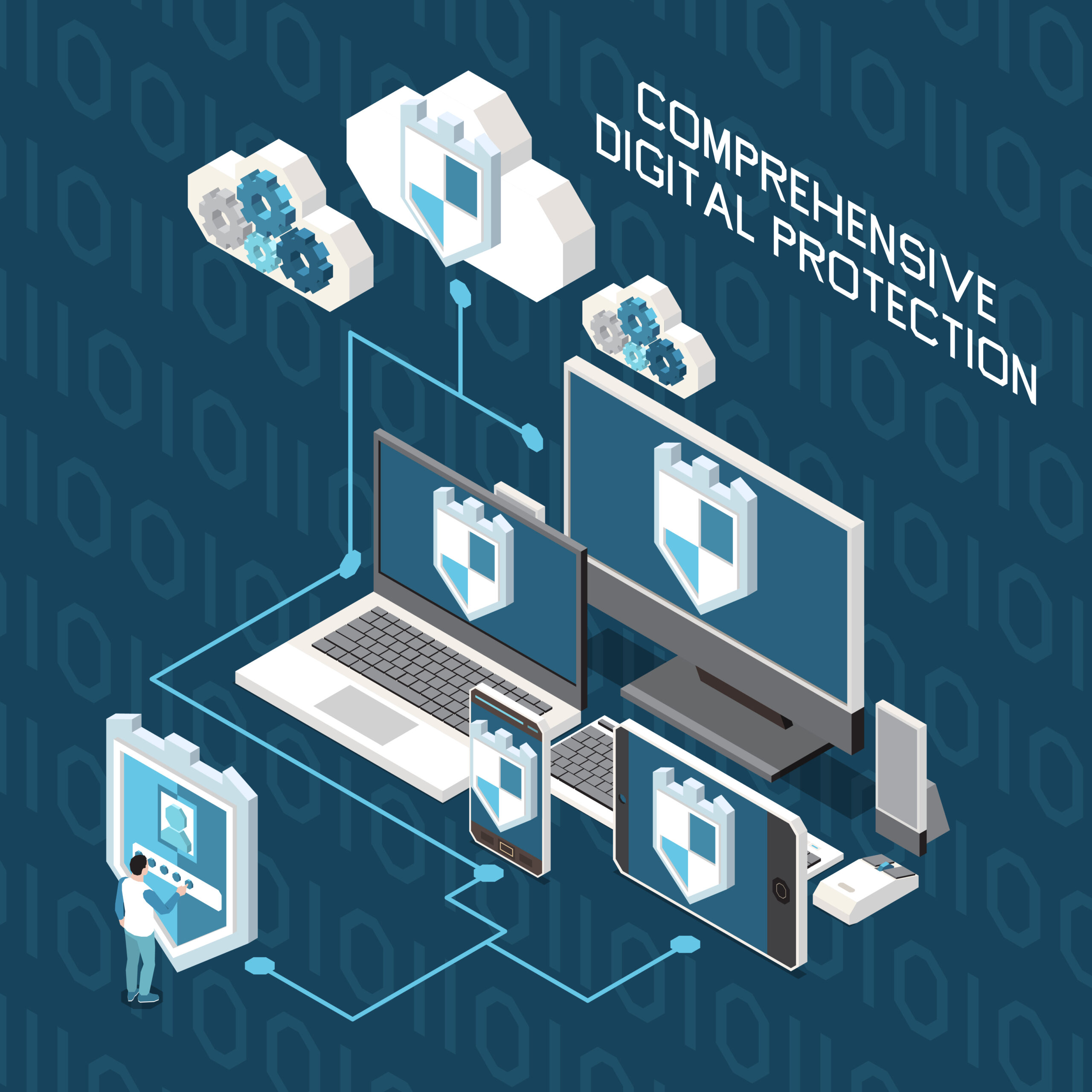Introduction to crypto primitives and protocols

primary network security
Vulnerabilities of Computing Systems

Main security attacks
- Malware
- Ransomware
- Denial of service
- Phishing and spear-phishing email campaigns
- Advanced persistent threats
- Social engineering
Malware
Malware is malicious software such as spyware, ransomware, viruses and worms. Malware is activated when a user clicks on a malicious link or attachment, which leads to installing dangerous software. Cisco reports that malware, once activated, can:
- Block access to key network components (ransomware)
- Install additional harmful software
- Covertly obtain information by transmitting data from the hard drive (spyware)
- Disrupt individual parts, making the system inoperable
Ransomware
Ransomware is a form of malware designed to encrypt files on a device, rendering any files and the systems that rely on them unusable. Malicious actors then demand ransom in exchange for decryption.
Denial of service
A denial of service (DoS) is a type of cyber attack that floods a computer or network so it can’t respond to requests. A distributed DoS (DDoS) does the same thing, but the attack originates from a computer network. Cyber attackers often use a flood attack to disrupt the “handshake” process and carry out a DoS. Several other techniques may be used, and some cyber attackers use the time that a network is disabled to launch other attacks. A botnet is a type of DDoS in which millions of systems can be infected with malware and controlled by a hacker, according to Jeff Melnick of Netwrix, an information technology security software company. Botnets, sometimes called zombie systems, target and in addition overwhelm a target’s processing capabilities. Botnets are in different geographic locations and hard to trace.
Phishing and spear-phishing email campaigns
Phishing attacks use fake communication, such as an email, to trick the receiver into opening it and carrying out the instructions inside, such as providing a credit card number. “The goal is to steal sensitive data like credit card and login information or to install malware on the victim’s machine,” Cisco reports.
Advanced persistent threats
An advanced persistent threat is a stealthy threat actor, typically a nation state or state-sponsored group, which gains unauthorized access to a computer network and remains undetected for an extended period.
Social engineering
social engineering is the psychological manipulation of people into performing actions or divulging confidential information.
finally, I hope this article help you.
Category :
Share this Article!










